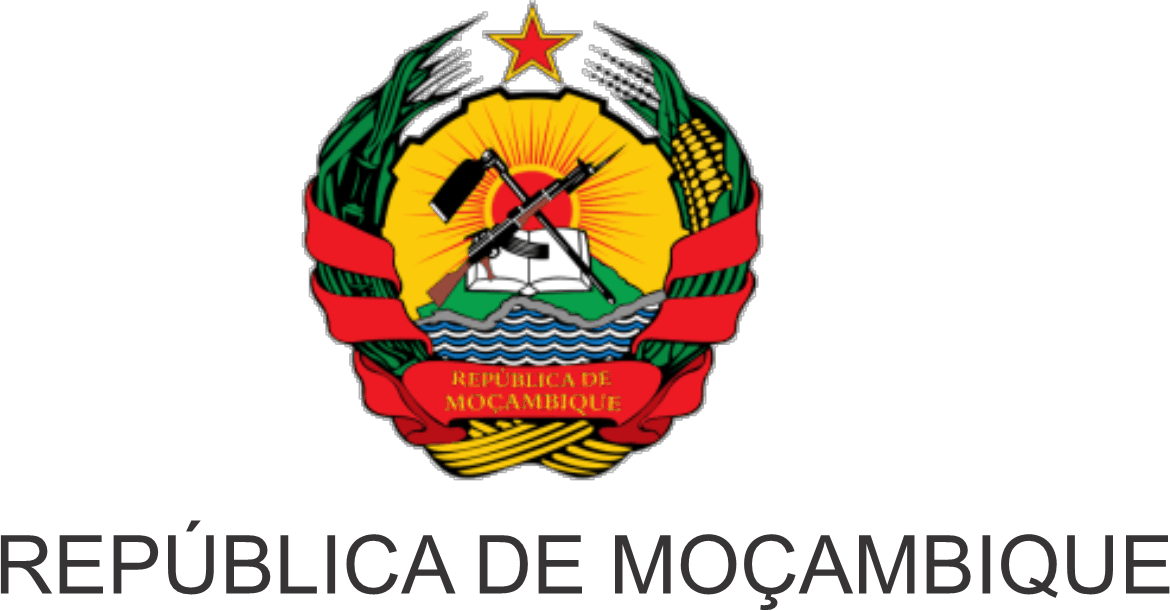Scrum vs Kanban: A Comparison of Agile Methodologies BMC Software Blogs
The Kanban approach is a means of visualizing a project’s status and progress via Kanban boards. Others have found success with Agile—or at least using certain components of Agile—outside of software development. Folks in the automotive, R&D, and other industries have found success in Agile. Stand-up meetings are common in a variety of work environments, from restaurants to boardrooms. Kanban boards are popping up everywhere, like on whiteboards at law offices and on windows in property management offices. Kanban is all about a constant, ever-looping flow, so bottlenecks are an ongoing concern.
They are frameworks that help optimize the product, project, or service development and empower teams to generate the best possible value. Kanban is rather a conceptual framework, more of a set of principles. Scrumban, on the other hand, can be called a “pathway” because it’s a combination of some of Scrum’s strict principles with Kanban’s conceptual approach. Team-managed projects, as the name suggests, allow teams to pick and choose the agile features that make sense for them; whether that’s scrum, kanban, or a mix of both. Instead of implementing one framework on day one, team-managed projects allow you to progressively layer on more and more powerful features as you learn what works for your team (and what doesn’t). Teams strive to understand how much they can accomplish within their sprint time boundaries.
What is a Gantt chart used for?
Kanban is used for planning different duration for individual iteration. Kanban focuses on reducing the time for a project from beginning to end. This is accomplished by following the kanban board and by the successive improvement of the workflow. Scrum teams mainly focus on developing the software through a set of intervals called Sprints. This is to achieve a learning loop for quickly gathering and integrating customer feedback.

The backlog is the core of Scrum and looks more like a very long to-do list that includes all the different tasks, features, and user stories the team needs to deliver for a product or service. During the backlog refinement phase, the Product Owner and Scrum team work together on the details and What is an Embedded System estimate all of the items in the backlog. All user stories and tasks need to be immediately executable when put into a sprint. In Scrum, you take advantage of user stories, tasks, story points, and sprints. Based on that estimation, they’re located in sprints that have clear deadlines and goals.
Using Scrum and Kanban together
If you are wondering when to use Kanban vs Scrum board, consider how much you like following rules. Both Kanban and Scrum offer stems from the same background, but Kanban offers a much looser process, while Scrum asks to follow quite a few rules. With Scrumban, Scrum’s iteration planning is combined with Kanban’s pull system. Some teams find Scrum too restrictive for an Agile way of working while simultaneously finding Kanban too lacking in structure. And while they both rely on an iterative way of working, they are fundamentally different.
- It helps individuals, teams, and organizations to create value through adaptive solutions to complex problems.
- In short, scrumban combines the iterative structure of the scrum framework with kanban’s ‘pull’ system of work scheduling, where completed tasks are continuously replaced with new ones.
- It has almost no learning curve and allows teams to be flexible in production while not adding unnecessary complexity to the process.
- Kanban encourages collaboration and leadership at all levels, but it doesn’t embrace the self-managed team the same way Scrum does.
- We’re also here to help you get started with our guides on how to do scrum with Jira software and how to kanban with Jira Software.
- His work has been featured in outlets such as Keypoint Intelligence, FitSmallBusiness and PCMag.
While Kanban is centered around visualizing tasks and continuous flow, Scrum is more about implementing timelines for each delivery cycle and assigning set roles. The frameworks that are needed to adhere to the Agile principle and get the work done are known as kanban and scrum. Agile is a methodology followed in project management and product development which is a structured and iterative approach. Recognizing the volatility of the project development provides the methodology for the self-organizing team to organize and handle any change without affecting the other aspects of the project.
When you need to maintain long-term projects
During the sprint planning phase, teams can use metrics such as sprint goals, team velocity, team capacity, and type of work. During stand-ups, teams can also benefit from measuring progress towards sprint goals, reviewing a sprint burndown, understanding workload distribution, and more. One unfortunate pitfall to the scrumban method is that people haven’t been using it for as long as the kanban and scrum frameworks. Each framework offers its own set of advantages and considerations.
It uses an iterative (repeatable over short periods of time) and incremental approach that allows for the introduction of changes to cyclically deliver value to the customer. This means it offers the specific tools and processes to implement Agile. It exhibits many principles characteristic of Agile, including the capacity to adapt to changes, and transparency across the team.
What is a Kanban Board?
Because there’s no designated leader in the Scrumban method, team members can rotate who leads daily stand-up meetings. Book a demo with us today, so we can help you set your team up with Workamajig, the best project management tool for creative teams. Scrumban also allows teams to take advantage of Scrum ceremonies such as sprint planning, daily stand-ups, sprint reviews, and retrospectives. This allows for better team alignment and productivity, coupled with the visualization that a Kanban board facilitates. If you’re deciding between Kanban vs. Scrum, first remember that they aren’t mutually exclusive approaches to managing projects. A Kanban board can be a great tool for tracking individual tasks within a Scrum sprint or organizing an entire sprint or product backlog.

Once that sprint is over, the accomplishments and developments from it help to create the plan for the next sprint. The waterfall model of project planning follows a linear approach where stakeholder and customer requirements are collected at the beginning of the project. From that, project managers create a sequential project plan, complete with milestones and deadlines. Every piece of the project relies on the completion of preceding tasks. This is favored by teams that focus on process (such as construction or manufacturing) and less on ideation or problem-solving as the steps need to be planned out in advance.
Stop! Stop hiring Scrum Masters!
As such, all three frameworks are considered under the Agile umbrella, but none represent Agile alone. Late-breaking developments must wait for the next Sprint to kick in. Kanban also limits how many things can be “In Progress” simultaneously, but these decisions aren’t based on development windows or Spring length.

The big difference is things in Kanban are done when they’re done, while Scrum uses Sprints to break down the work, creating a much more predictable environment. On the other hand, Kanban doesn’t necessitate any changes in staffing, roles, or responsibilities other than deciding who “owns” the Kanban Board. No one “dips their toes” into Scrum; it’s a wholesale shift to an entirely new way of delivering projects. For organizations that feel “broken” or need a seismic shakeup, it could be just the thing to turn things around. You can choose to follow the Scrum methodology while simultaneously incorporating Kanban concepts into your Visual Management Boards. Retrospectives last 90 minutes and allow the Scrum team to reflect on what went well and wrong in their previous sprint and how to improve that.
Scrum: Pros & Cons
Generally, Scrum is the best method for projects that are feature-driven and carry significant goals or milestones. For managing smaller bits of work – like bug fixing or smaller upgrade requests – Kanban is a good option. Scrumban takes the structure of Scrum and combines it with the visualization and flow-based methodology of Kanban. The goal is to review what was delivered, how it was delivered, and what the team could do better. It usually starts with a demo of the added functionality created during the sprint to get approval and feedback from the Product Owner. In 1956, a young Toyota industrial engineer Taiichi Ohno created a system that used paper cards for signaling and tracking demand in his factory, naming the new system Kanban.
Because scrumban is a hybrid agile development framework for working on projects, the tools project managers and teams use need to share that flexibility. ProjectManager is a cloud-based project management software that can work in any project management methodology. Whether you’re managing your project in waterfall, an agile framework or a hybrid, our features are plastic to pivot with you. Kanban is an agile workflow management methodology that helps project managers visualize the progress of all the constituent tasks that make up their project.
Kanban comes into scrumban to improve the project management process and visualize the workflow. First, scrumban uses kanban boards, which are often referred to as scrumban boards when used in a scrumban methodology. The world is becoming increasingly complex, and everything changes constantly. Traditional project management methods are less and less able to cope with such a rapidly changing environment.


